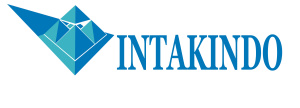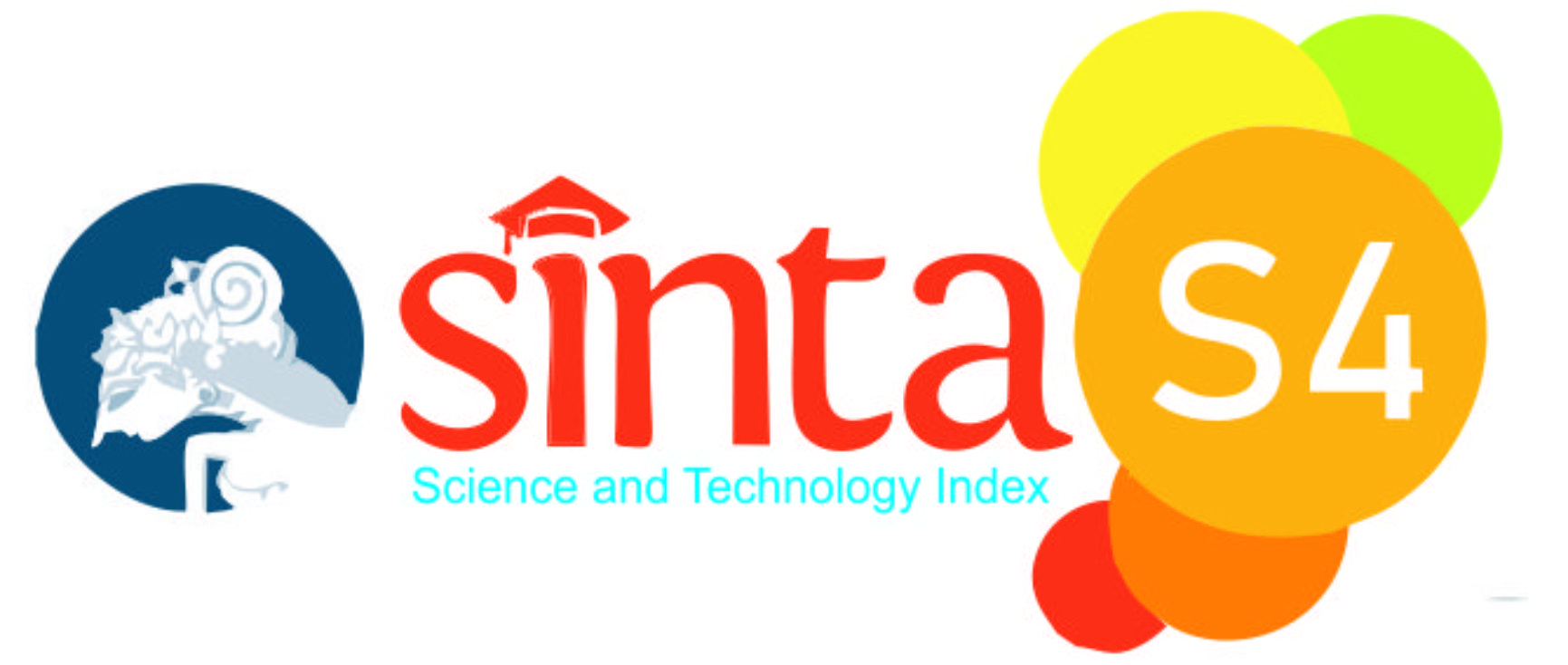The Socioeconomic Effect of Changes in Coastal Areas: A Case Study of Coastal Areas in Surabaya
DOI:
https://doi.org/10.30996/ep.v19i02.7554Abstract
Abstrak
Selama beberapa tahun terakhir pemantauan dengan citra satelit menunjukkan kondisi garis pantai Surabaya mengalami perubahan signifikan, hal ini dikarenakan fenomena erosi, akresi dan antropogenik. Fenomena tersebut dapat menjadi ancaman terhadap lingkungan pantai Surabaya dimana masyarakat pesisir (nelayan) bergantung langsung terhadap hasil pantai dan tambak. Penelitian ini bertujuan untuk mengetahui adanya dampak sosial ekonomi akibat perubahan tutupan lahan khususnya area tambak. Metode yang dilakukan adalah penginderaan jauh dengan analisis metode maximum likelihood dan metode statistik deskriptif. Hasil penelitian menunjukkan bahwa pada tahun 2011-2017, area tambak mengalami penurunan sebesar 8,66 km2 .Berkurangnya area tambak dan jumlah produksi ikan tambak (air tawar), tidak memberikan dampak signifikan terhadap nilai Produk Domestik Regional Bruto (PDRB) kategori A. Hal ini dikarenakan produksi ikan tidak hanya berasal dari tambak (air tawar) tetapi juga dari produksi ikan laut. Nilai PDRB kota Surabaya selama 3 tahun terakhir mengalami naik turun dikarenakan dampak pandemi COVID 19. Namun pada tahun 2021, nilai PDRB kota Surabaya mulai menunjukkan dampak positif. Perlu adanya pendampingan dari pemerintah terhadap nelayan tambak dan aturan pengelolaan kawasan pesisir. Diharapkan kawasan tambak dapat secara optimal memproduksi ikan air tawar dengan tujuan memberikan tambahan nilai lebih terhadap PDRB kota Surabaya kedepannya.
Kata kunci: Citra Satelit, Penginderaan Jauh, Pesisir Surabaya, Produk Domestik Regional Bruto (PDRB), Tambak.
Abstract
Over the last few years, satellite imaging data shows that the condition of coastal lines in Surabaya has significantly changed. Several factors can contribute to this issue, such as erosion, accretion, and anthropogenic phenomena. These factors are a threat to the environment of Surabaya because many coastal communities (fishermen) are relying on beach and pond products. This research aims to better understand the socioeconomic effect of changes in land cover, especially in pond areas. To collect data, the research used remote sensing tools. The data were then analyzed using maximum likelihood and descriptive statistics methods. Results indicated that between 2011 – 2017, the pond areas declined by 8.66 km2. However, the decline of the pond areas and pond fish quantities (freshwater fish) does not have a significant impact on the value of the Gross Regional Domestic Product (GRDP) category A. One of the reasons is that fish production is not only taken from the pond (freshwater) but also from the sea. The value of Surabaya’s GRDP in the last three years is volatile due to the Covid-19 outbreak. However, in 2021, the GRDP has shown an increase. The government should play their roles by providing assistance to pond fishermen and regulating the management of coastal areas. Hopefully, pond areas can increase freshwater production in order to give an additional contribution to the GRDP of Surabaya.
Keywords: Satellite images, Remote sensing, Surabaya coastal areas, Gross Regional Domestic Product (GRDP), Pond
Downloads
Downloads
Published
Issue
Section
License
Authors who publish with Extrapolasi agree to the following terms:
- Authors transfer the copyright and grant the journal right of first publication with the work simultaneously licensed under a Creative Commons Attribution-ShareAlike 4.0 International License.. that allows others to share the work with an acknowledgement of the work's authorship and initial publication in this journal.
- Authors are able to enter into separate, additional contractual arrangements for the non-exclusive distribution of the journal's published version of the work (e.g., post it to an institutional repository or publish it in a book), with an acknowledgement of its initial publication in this journal.
- Authors are permitted and encouraged to post their work online (e.g., in institutional repositories or on their website) prior to and during the submission process, as it can lead to productive exchanges, as well as earlier and greater citation of published work (See The Effect of Open Access)













